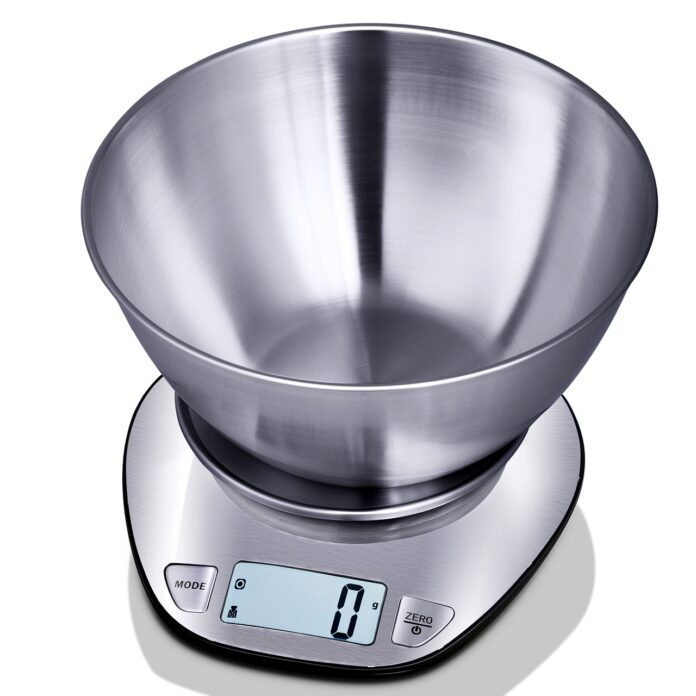How Accurate is Your Pet’s Feeding Measurement? Understanding the Importance of Precision
When visiting the veterinarian, one of the most common questions pet owners face is, “How much are you feeding your pet?” While many owners provide an answer, the accuracy of that response can significantly affect their animal’s health. Properly measuring your pet’s food can assist veterinarians in delivering tailored nutritional advice that enhances wellbeing.
Understanding Diet History: The Key to Precision
When I inquire about a pet’s diet history, my intention is to gather comprehensive information to replicate the current feeding regimen precisely. This includes:
- Specific product names and flavors of treats and pet food
- Exact amounts fed
- The measuring method used, such as “We use a 2-cup measuring cup and fill it to the 1½ cup line twice daily.”
Providing these details ensures that I can easily identify the food at a store or online, just like a pet sitter would require accurate instructions.
What’s in a Cup? The Variability of Measuring Tools
During consultations, especially for families focusing on weight management, I often ask them to bring in their pet’s food, treats, and measuring cups or bowls. This request stems from my surprise at the diverse ‘cups’ families use, ranging from standard measuring cups to unconventional items like mugs or large plastic cups.
Counting Calories: Understanding Pet Food Data
Most pet food manufacturers provide calorie counts per cup or can, assuming an 8-fluid ounce cup filled level to the top. However, confusion arises because fluid ounces measure volume, not weight. For example, a cup of feathers weighs significantly less than a cup of rocks, despite occupying the same volume.
To make matters more complex, pet food companies also express calorie content on a weight basis. For instance, food with a label of 3,750 kcal/kg indicates that each kilogram contains 3,750 calories, translating to 3.75 calories per gram of the food.
The Case for Weighing Your Pet’s Food
Research indicates that measuring food by volume often leads to inaccurate feeding, resulting in under or overfeeding. This is especially true given the challenge of leveling a cup accurately, particularly with larger kibble sizes. Therefore, I often recommend that pet owners switch to weighing their pet’s food for improved precision.
For smaller pets, the volume required may be too small, complicating accurate measurement. For instance, estimating 2/5 of a cup precisely is nearly impossible, as is measuring 1/3 or 5/8 of a can.
How to Accurately Weigh Your Pet’s Food
To determine how many grams of food your pet requires daily, you first need to establish their caloric needs. Then check the pet food bag for calorie information. For example:
- Suppose a 12-pound cat requires 250 calories per day.
- If the food contains 400 calories per cup, this equates to 5/8 of a cup daily.
- Feeding twice a day complicates portioning; therefore, weighing is essential.
- If the food bag states ‘3,570 kcal/kg’, you can determine it’s 3.57 calories per gram.
- To achieve 250 calories, the cat would need 70 grams of food, easily split into two servings of 35 grams.
To find this amount, divide the total calories by calories per gram: 250 calories ÷ 3.57 calories per gram = 70 grams.
Consult Your Veterinarian for Tailored Advice
Always inform your veterinarian when changing your pet’s food or if you have questions about optimal feeding practices. Individual calorie needs can vary significantly among pets, making it crucial to seek expert guidance to meet specific health requirements.
By paying attention to these details, you can ensure your pet receives the nutrition they need for a healthy and happy life.











